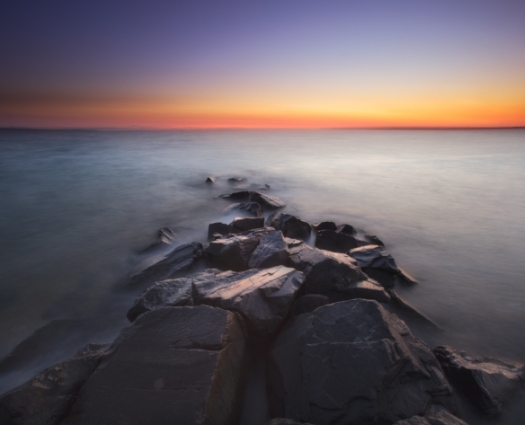If you’ve gone through the exercise to unearth you why or crafted a mission statement you should have a better sense of what is important to you. So here’s a question, how much of the stuff in your life actually supports your mission, actively contributes to what you’re trying to achieve? How much is left over commitments to old hobbies that lost their luster a long time ago. This can be true on multiple levels, physical and emotion. Patterns of behavior that don’t fit with who you want to become, to what you want to achieve.
Fortunately with your newly crafted mission it’s easy to edit the things in your life so that everything that you do points you in a forward direction. Starting this editing process can be overwhelming but it needn’t be. You just have to start. Start by taking an inventory of your commitments. What still fits what doesn’t. Bow out gracefully from those things that are taking time away from what you’d rather be doing. Think about what you should be adding that will move you towards your goals. Finding a supportive community to share your work with and receive feedback from can be an important step forward for any artist.
Reducing the physical clutter in your life can be remarkably freeing and result in bursts of creativity. This can be a simple as taking 10 minutes to work on a specific area – your desk, the kitchen counter could be good places to start. Places where you have to move things around before you are able to start working are strong indicators of the need to optimize that work area.
Take stock of the things that come into your life – magazine subscriptions from discarded hobbies are a major source of clutter for me, not dealing with the mail as it came in also overwhelmed me when I first moved to the US. Books can also be another problem for some, clothes for others.
Removing these distractions to free up space and time to focus on the things that are important will have a meaningful impact on moving you towards your goals.



